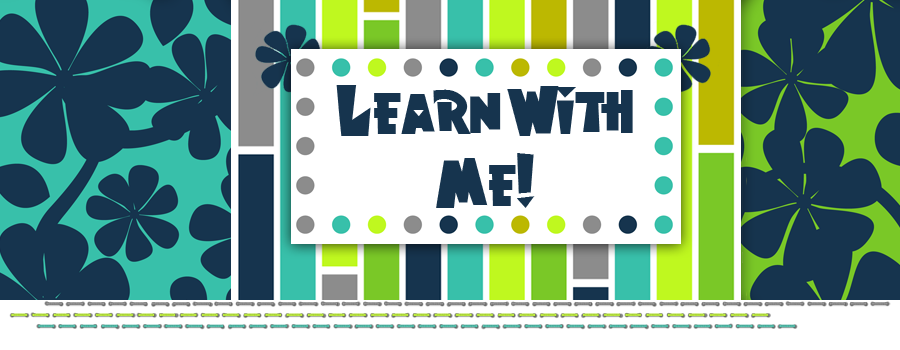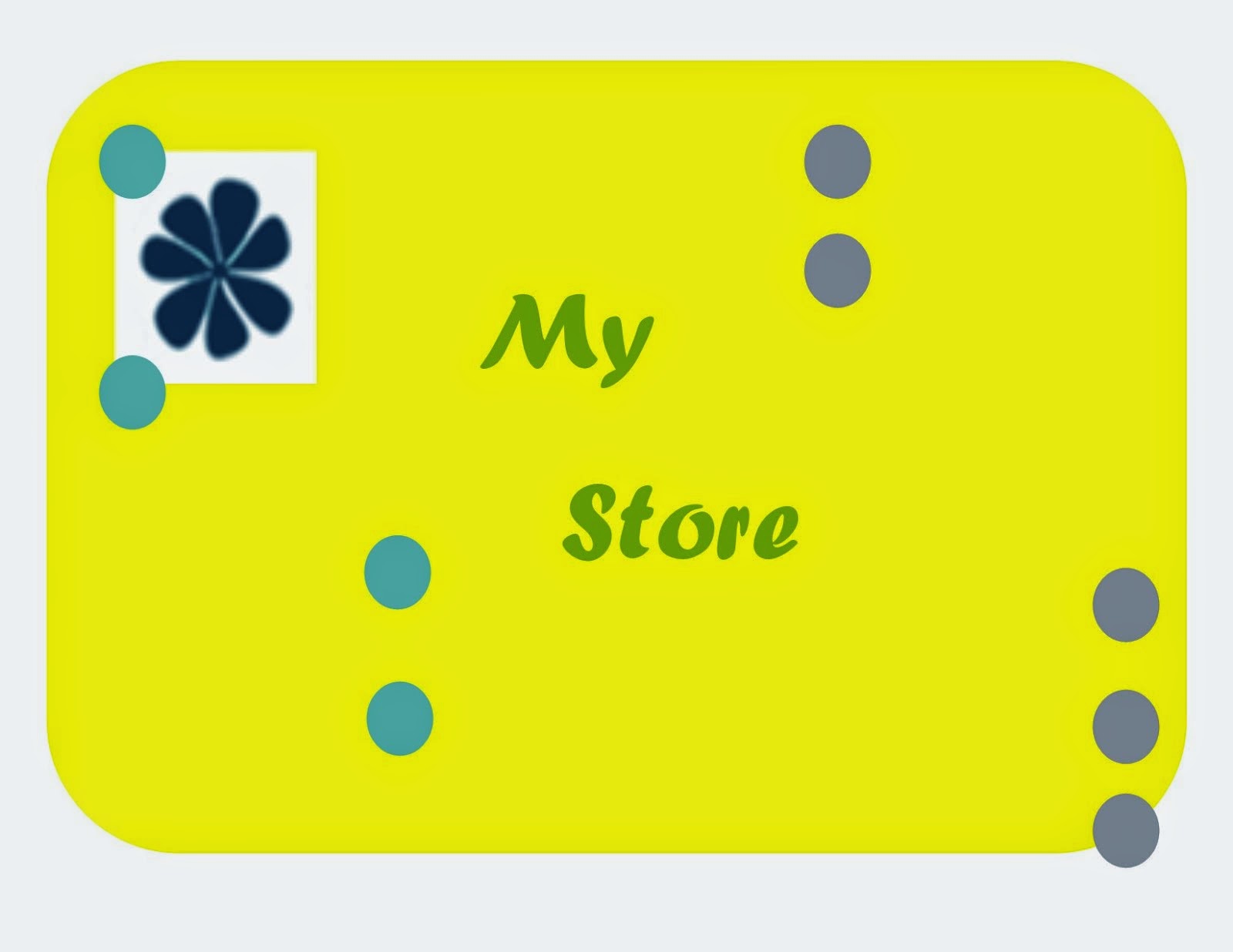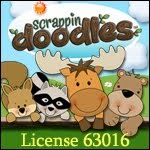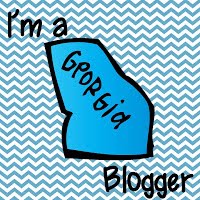Informational text and sources are important components in balanced literacy. Education Week has several articles that you can read related to Literacy and the Common Core. You might also want to read about the International Reading Association and read about The Guidelines for Literacy Implementation for ELA Common Core State Standards.
Students in grade K-1 need the foundational reading skills, therefore text complexity begins with second grade. In grades 2-12, teachers should faciliate high-level, text-based discussions that empower showing evidence from the text. I simply state to my students, "Prove It, Show me where in the text the author states or the author leads you to believe." Scaffolding and teaching research-proven reading comprehension strategies will empower students' motivation, confidence, and academics. Therefore, leading students to become college and career ready. Teachers need to provide opportunites and guide students to gain a deep understanding of text through questioning, drawing conclusions, inferring, citing evidence, analyzing, proving, and application. Integration ,among core subjects with reading and writing ,provide authentic learning and allow students to develop logical arguments, compare and contrast, explain phenomena using vocabulary, as well as, summarize, interpret, predict,connect, recall, and identify. Through teacher faciliation and practice, students become independent thinkers and are being prepared for real-life experiences. Teachers should focus on the process of reading and understanding reading comprehension, not just the final product. (Same in math-It is not always about getting the correct answer, but how did you find the answer or what process did you use.)
Here are some sources that I have used this year and in the past to aide in balanced literacy and comprehension:
- www.readworks.org
- Scholastic News or Scholastic Scope
- Time for Kids
- Comprehension Toolkit K-2
- Comprehension Toolkit 3-6
- http://docsteach.org/
- newspapers or news magazines
- biographies
- science and/or social studies text
- PebbleGo
- books
Here are a couple of new ones I recently discovered at the Georgia Association for Gifted Children 33rd Anuual Convention-Discovering Our Way: S.T.E.M.
- Writing Prompts is a website that uses pictures, scenerios, words, and more to excite students about writing. One thing that I like about each entry is that a Common Core Standard has been included.
- Wonderopolis is a FUN-wonder of the day. Great for critical thinking activities, class discussions, writing, and much more.
Happy Reading!





































